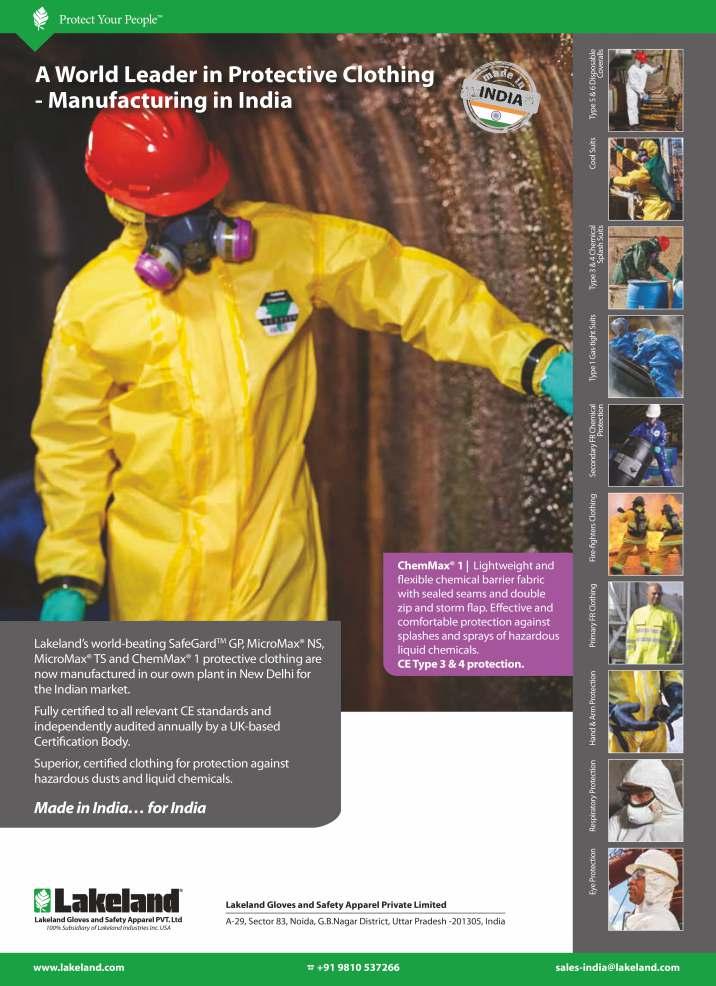
4 minute read
Construction Work: What You Must Know?
Comfortable Work Boots for Construction Work: What You Must Know?
In the construction industry, it is important to wear proper foot protection i.e. work boots that have been approved by the American National Standards Institute (ANSI) to protect you against hazards in the work zone. As a construction worker, work boots can impact one's productivity either positively or negatively because the work boots are worn to our feet which support our entire body weight; if the work boots do not fit correctly to our feet, support our movement, and fit well to the kind of job under execution, then we are bound to tire out early; and vice-versa. Wearing work boots that are not comfortable for construction does not stop at impacting construction employee's productivity, it causes lower back pain, shin splints, and plantar fasciitis among other health issues. How do I Recognize a Standard Work Boot ? Standard work boots will have an ANSI label inside it. The label will identify the level of protection offered by the work boot for impact, compression, penetration, and electric shock. Through that label, it becomes easy to identify the right work boots for the right job. Features of Safety Boots for Concrete Work At the mention of construction work, the first construction material that comes to mind is "concrete" because it is the most widely used construction material in the construction industry. However, the construction industry also involves carpentry and ironwork/welding which we will look at in the later subsections.Concrete floors are among the harshest surfaces to work on because they are completely solid and hard. When a construction worker is looking to get a comfortable work boot for concrete work, the boot should have:
Advertisement
1. Orthotic Insoles with wonderful Arch & Heel Support
Working on a construction surface involves moving to and fro on a very hard surface without some padding, such a movement causes fatigue to the feet. A work boot should have an insole that allows employees to stand on their feet longer, reduce muscle fatigue in feet and legs, and allow a high level of comfort. It is better when the insole is removable so that it can be easily replaced when due.
2. Rubber Outsole with the Ethylene-Vinyl Acetate (EVA) Traction Tred
A dull concrete surface is slip-resistant but concrete surfaces become slippery with snow and mud or any other contaminate on it. Worn concrete surfaces also increase slipperiness. Work boot with a strong rubber outsole and traction improve slip resistance, so, it becomes easy to grip moist floors and walk on slippery surfaces without having to fear the potential of taking a fall.
3. Compression Pads
Lots of stress is associated with getting construction work done. The compression pad absorbs stress, shock and provides comfort to the metatarsal heads, thereby helping the wearer to improve productivity.
4. Tough Full-grain Waxed Leather
During concrete works such as chipping, drilling, and cutting of concrete, the concrete particles can irritate the skin or mix with sweat coming out from the skin to form a caustic solution that burns the skin. High quality leather offers the feet extra comfort and protection against small falling objects and stays strong against a demanding work environment, thereby prolonging the lifespan of the boots. Also, waxed leathers offer resistance against water and other liquids, and they are easy to clean.
5. Breathability
Working on concrete for a long period (about 8 hours) in a very harsh environment can make your feet sweaty and make the inside of your boot smelly. Work boots with mesh lining and design to allow air to pass through it can alleviate the smell. How? The material will allow air to pass through it to cool your feet all day thereby preventing the boots from smelling. Also, breathable boots are easy to dry after they have been washed.
6. Toe Protection
A construction employee working/ walking on a concrete slab can accidentally hit his/her foot on rebars that stick out of the concrete slab. A comfortable work boot should have a steel, aluminum or thermoplastic polyurethane (TPU) reinforcement in the toe to offer lasting protection to the foot.
7. Lightweight
Working on concrete involves standing or walking around for a long time. Hence, it is important to avoid heavy work boots. Work boots made from lightweight materials bring a lot of comfort to the wearer which prevents the wearer from having sore feet among other lower body pains. It also allows easy, comfortable, and quicker movements.
8. Puncture Resistance
Construction workers are faced with the hazard of being impaled on rebar sticking out of concrete slabs. Underfoot safety is important to keep the feet of construction workers safe from sharp and heavy objects while working/walking on concrete.
9. Insulation
Working on concrete might involves working outdoors, which can be in very cold weather conditions. It is better to have work boots with a fitted topline that snugs the calf to protect the feet against cold temperatures.










